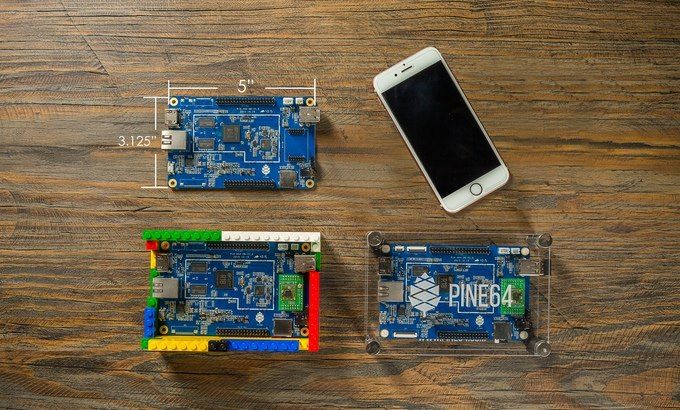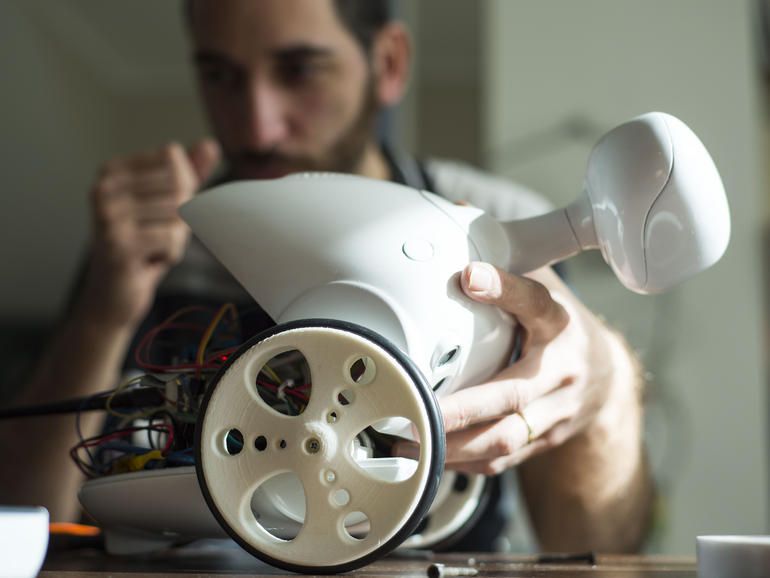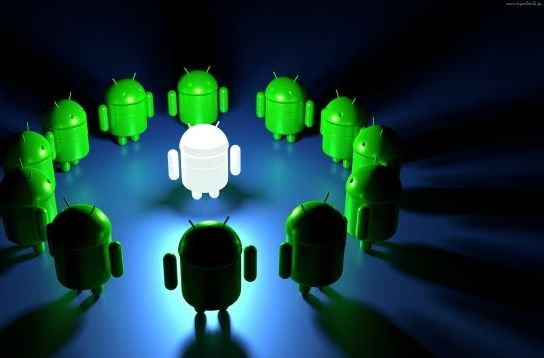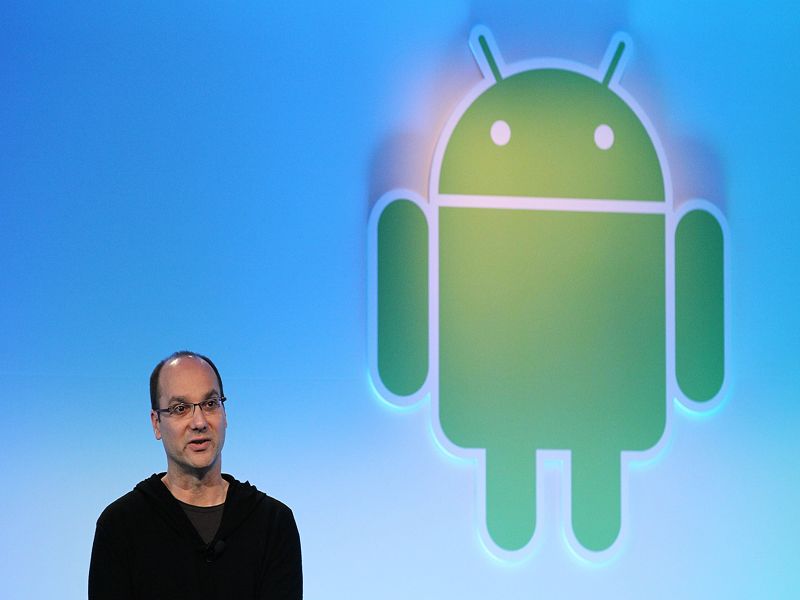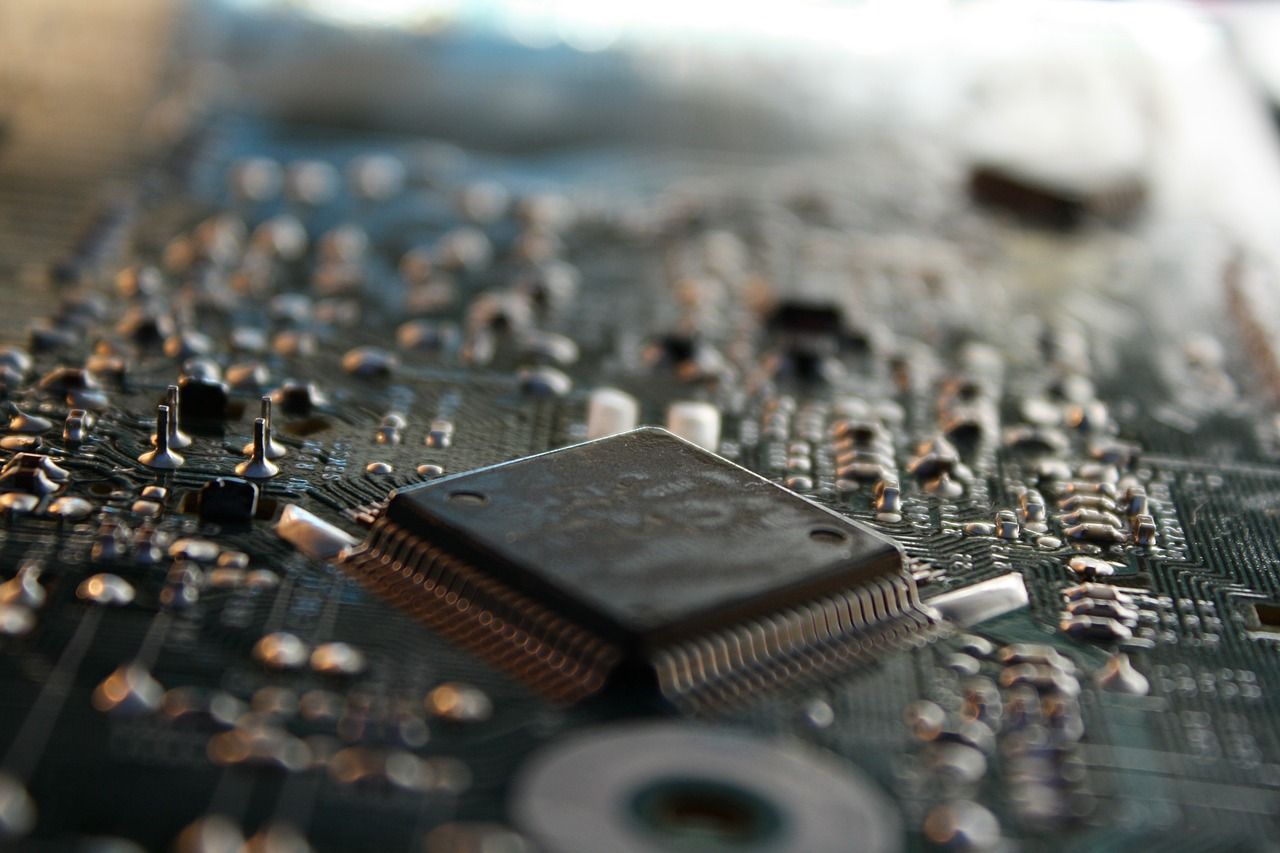Feb 15, 2016
New HIPAA Guidance For Mobile Apps, Health Info Exchange
Posted by Karen Hurst in categories: biotech/medical, business, health, mobile phones, robotics/AI, security
I was waiting for this HIPAA’s new guidelines for mobile apps (focuses a lot on IAM); this is only the first wave. We will see more when more AI is launched.
Federal regulators have issued new guidance, including material to clarify for healthcare entities and software developers various scenarios where HIPAA regulations might apply to mobile health applications, including situations when patients use smartphones to collect or transmit personal health data.
See Also: 2015 Breach Preparedness and Response Study: The Results
Continue reading “New HIPAA Guidance For Mobile Apps, Health Info Exchange” »



